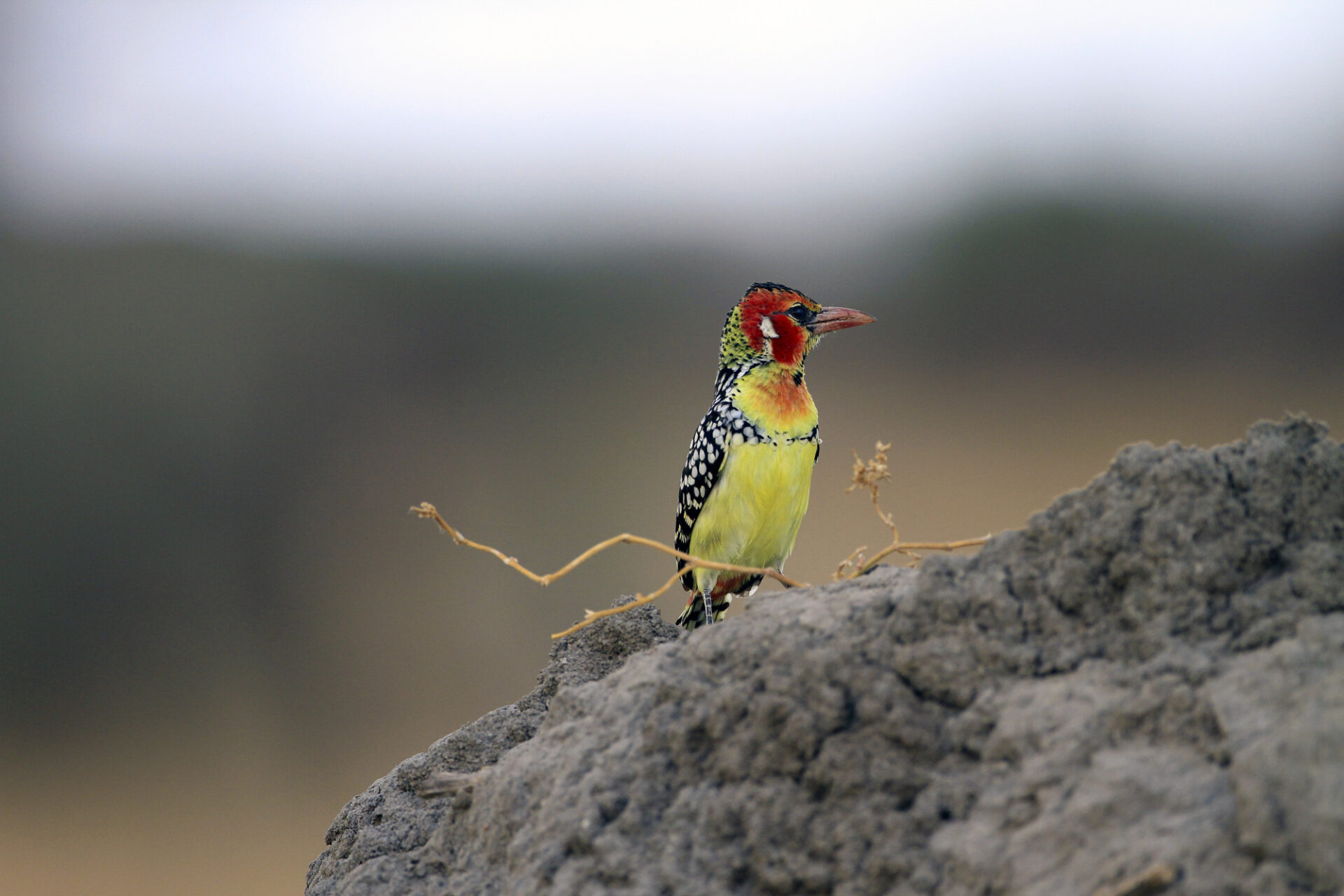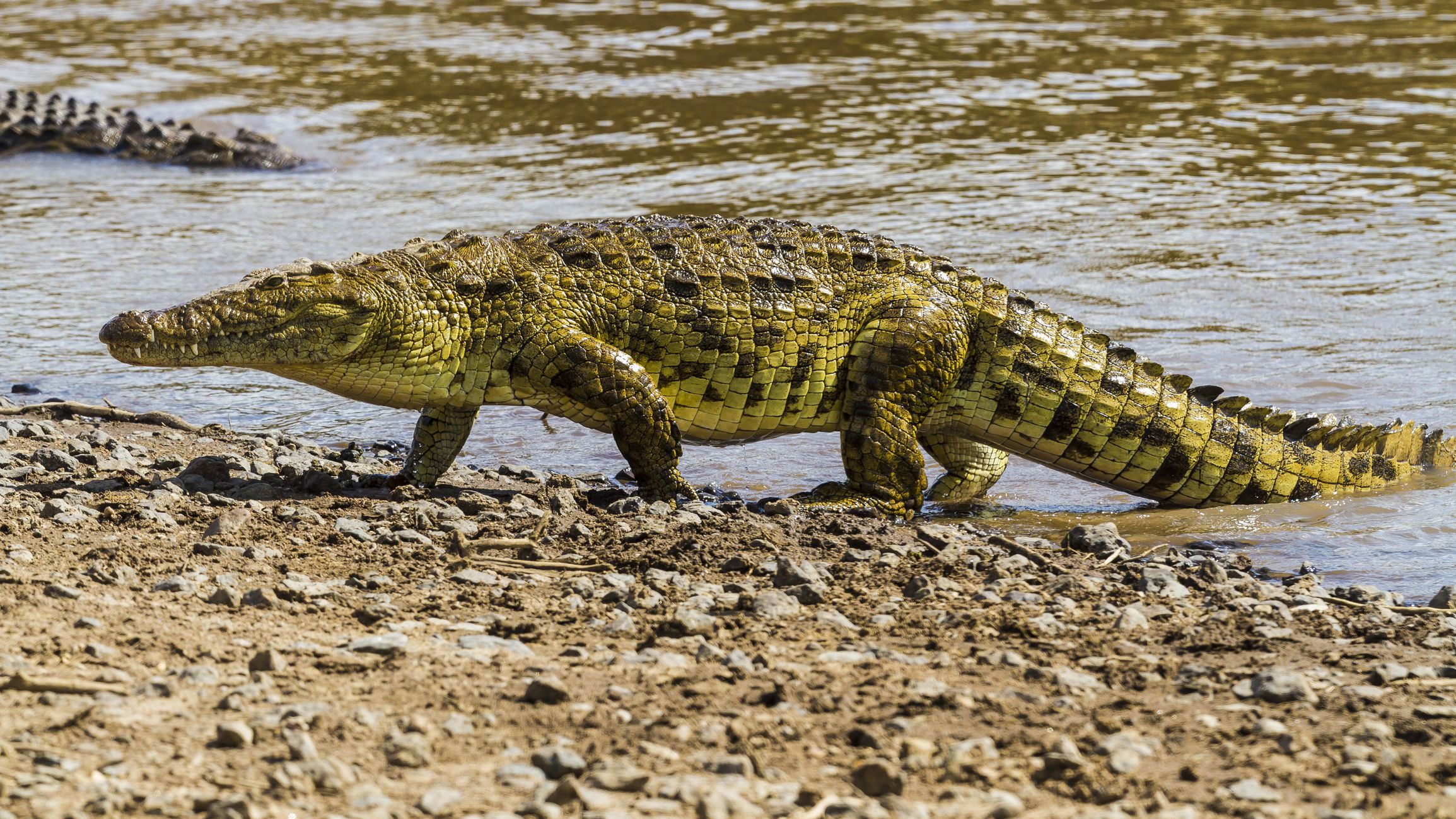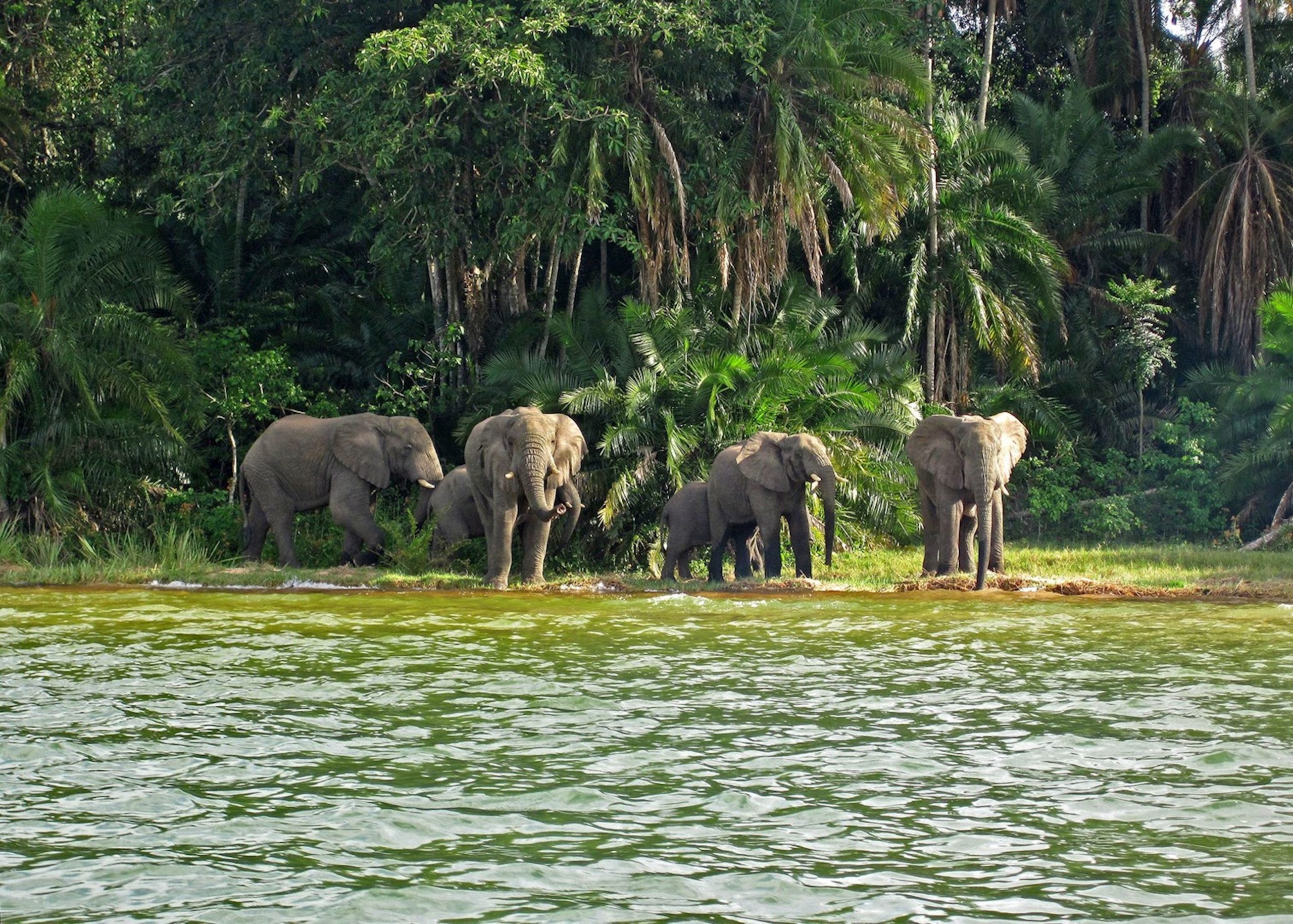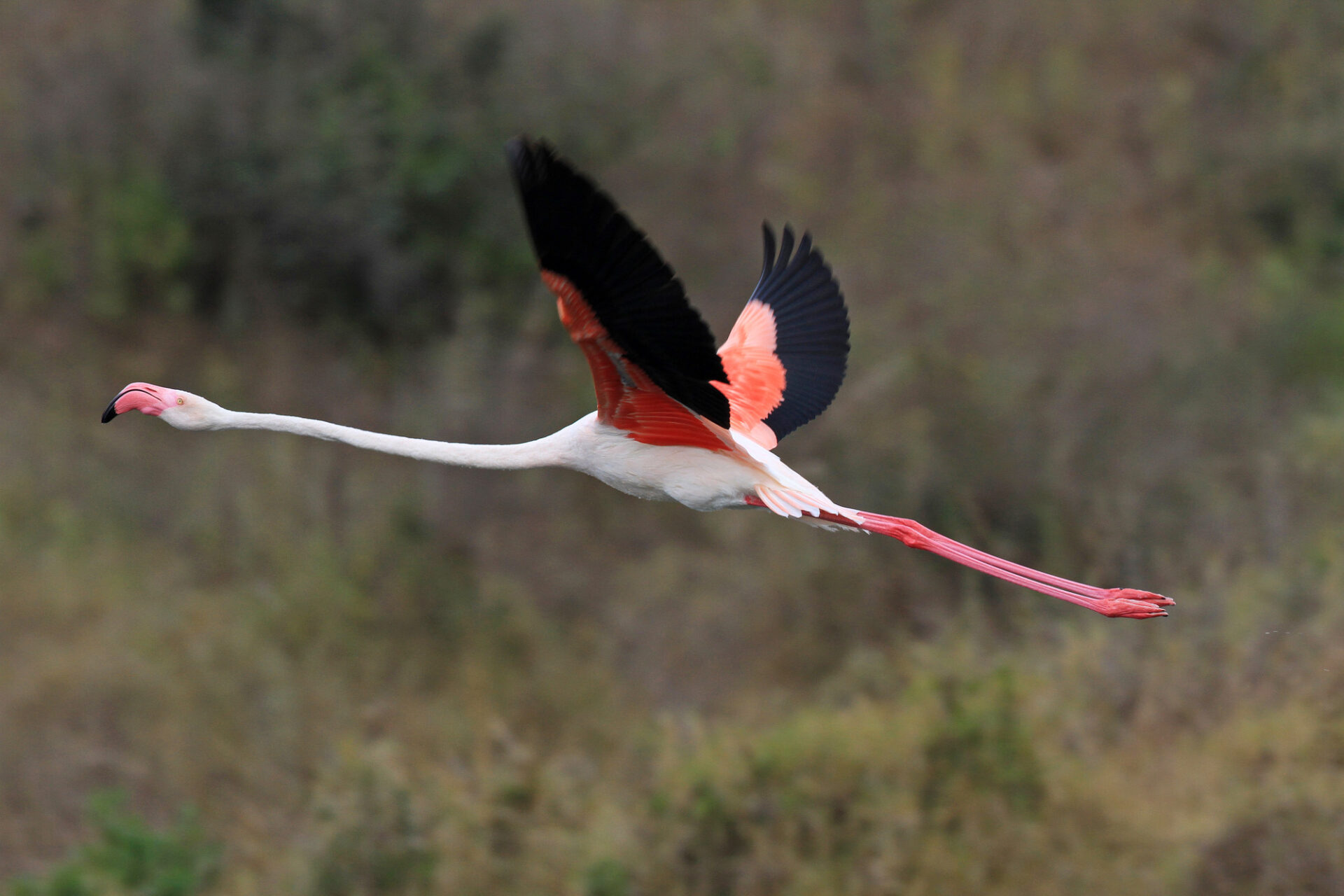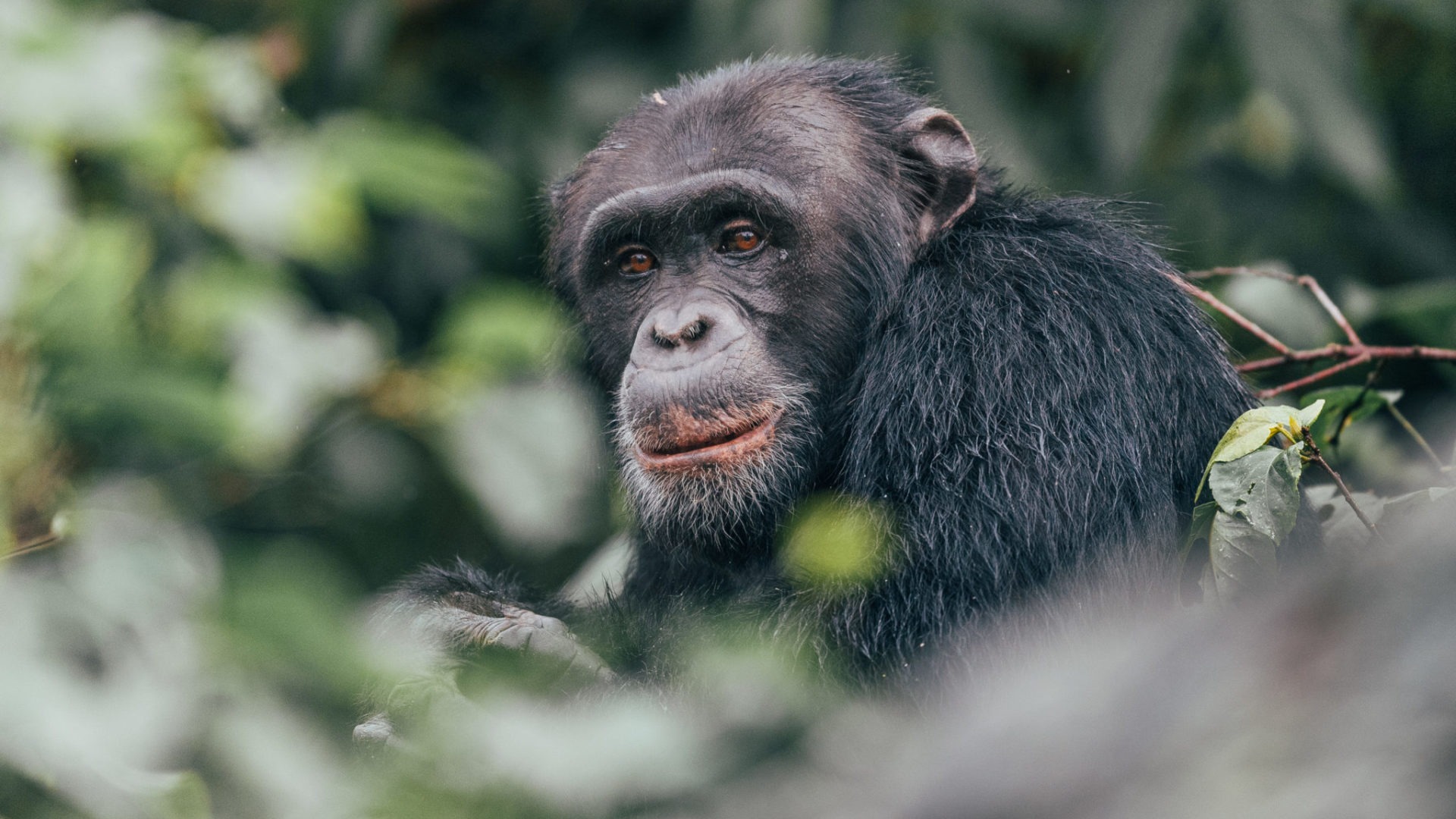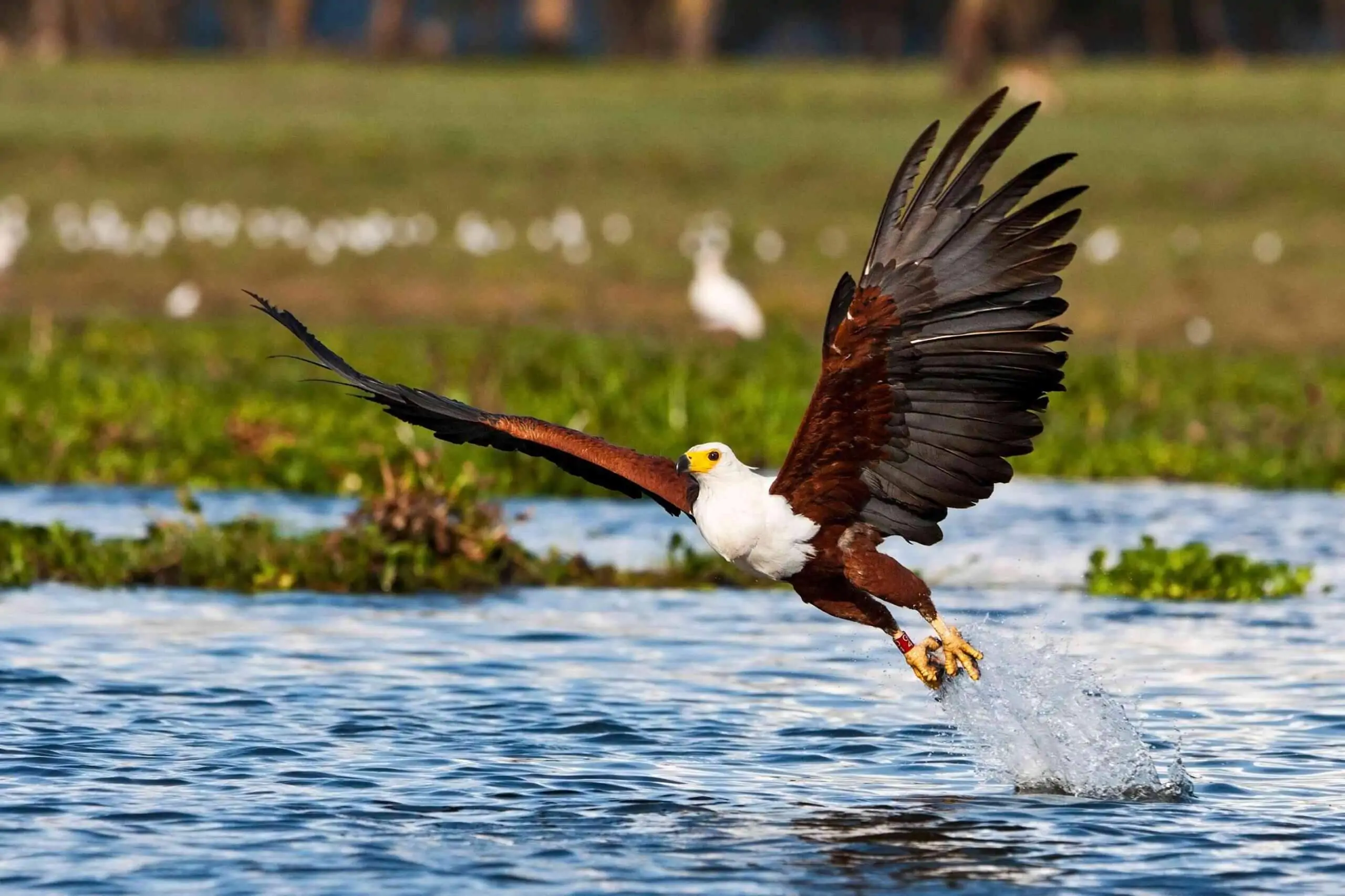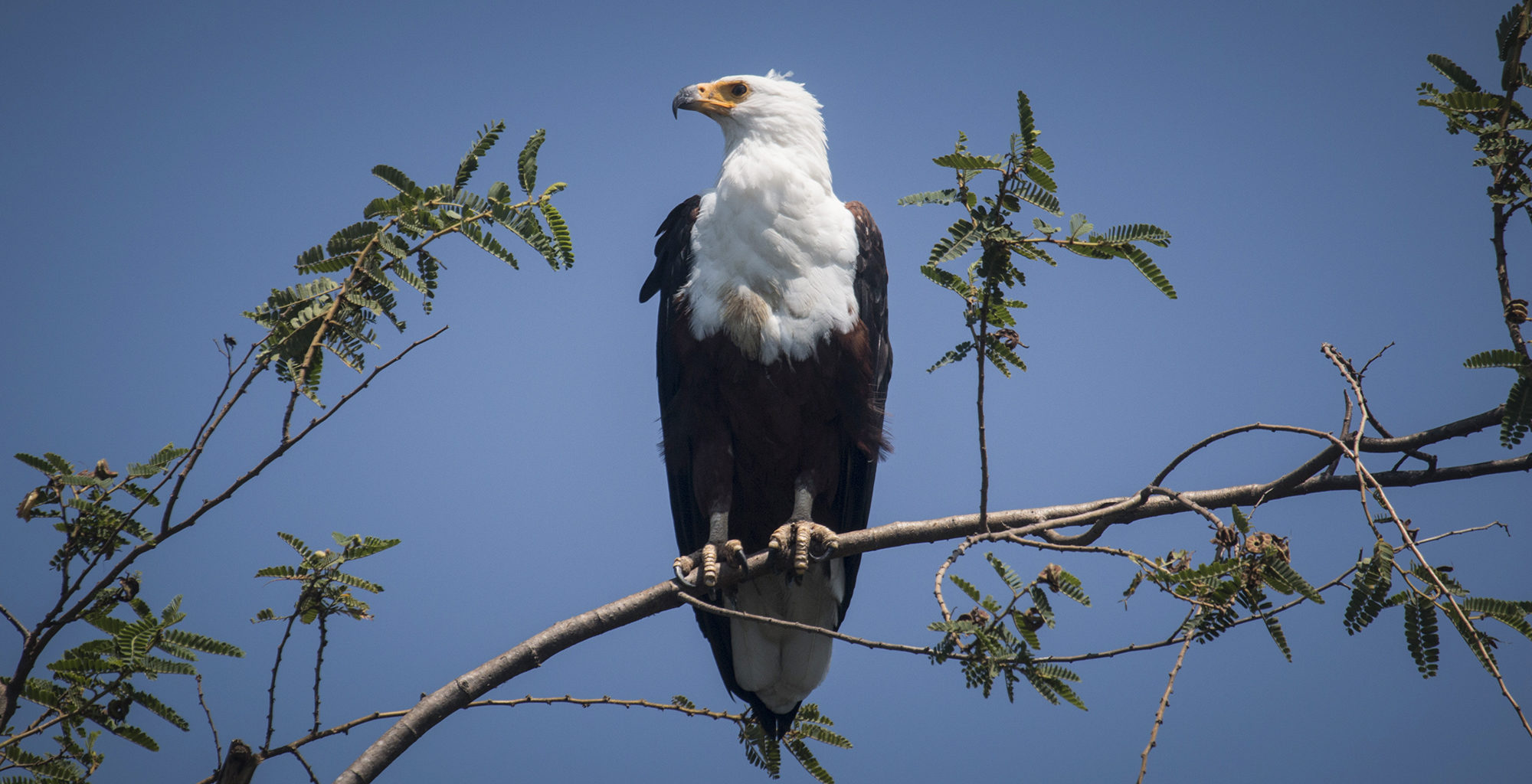Rubondo Island
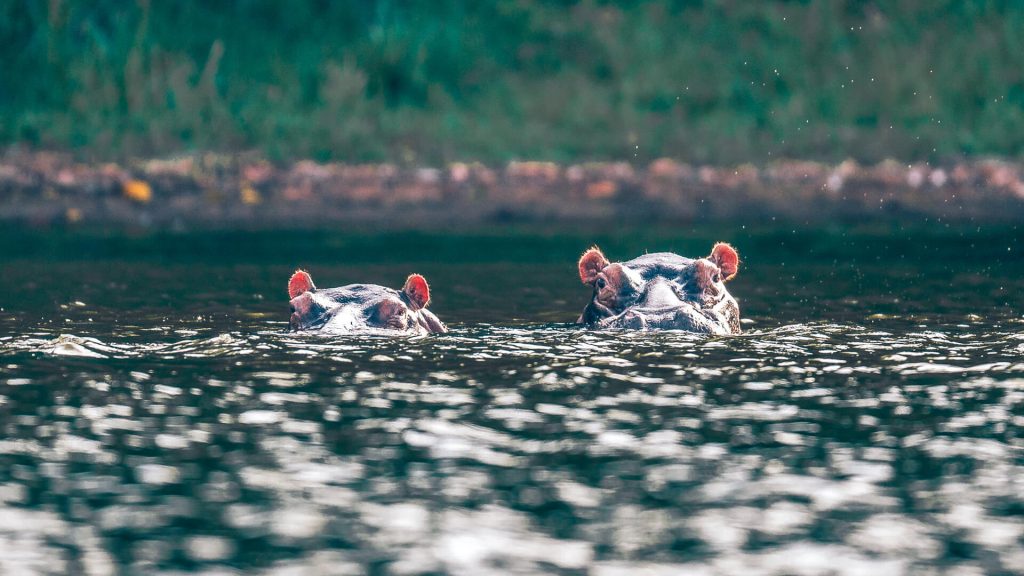
Overview of Rubondo Island

Rubondo Island offers a unique and tranquil setting within Lake Victoria, characterized by its diverse ecosystems and rich wildlife. Its status as a national park ensures the protection and preservation of its natural resources, while providing visitors with opportunities to experience the island’s beauty and biodiversity. For nature enthusiasts and those seeking a peaceful retreat, Rubondo Island presents a special and rewarding destination.
Island Characteristics:
- Location: Situated in Lake Victoria, in the northwestern part of Tanzania, close to the borders with Uganda and Kenya.
- Size: Approximately 240 square kilometers (93 square miles).
- Elevation: Generally low-lying, with an average elevation of around 1,200 meters (3,937 feet) above sea level.
Natural Features:
- Forests: The island is covered with a mix of dense tropical forests and woodlands.
- Wetlands and Swamps: Various wetlands and swampy areas provide crucial habitats for many species.
- Grasslands: Some areas of the island are covered with savannah-like grasslands.
- Beaches and Shoreline: The island features several beautiful sandy beaches along the shores of Lake Victoria.
Activities
- Wildlife Viewing: Opportunities to observe chimpanzees, colobus monkeys, and other wildlife in their natural habitats.
- Birdwatching: The island is a prime location for bird enthusiasts, with many species found in its diverse ecosystems.
- Boat Trips: Explore the shores of Lake Victoria and enjoy the scenic beauty of the island.
- Hiking: Guided walks through the island’s forests and wetlands.
Facts about Rubondo Island
- Established: Rubondo Island was designated as a national park in 1965.
- Climate: The island experiences a tropical climate with a rainy season from March to May and a dry season from June to October.
- Accessibility: Accessible by boat or light aircraft from the mainland. The journey can involve traveling from nearby towns such as Mwanza or the city of Dar es Salaam.
Wildlife of Rubondo Island
Mammals:
- Chimpanzees
- Colobus Monkeys (Angola Colobus)
- Sitatungas
- Hippos
- Elephants (occasionally)
Birds:
- African Fish Eagle
- Great White Egret
- Purple Heron
- Various Forest Birds
Reptiles:
- Nile Crocodile
- Various Lizards and Snakes
Amphibians:
- Tree Frogs
- Toads
Insects:
- Butterflies
- Dragonflies
- Beetles and Other Insects
